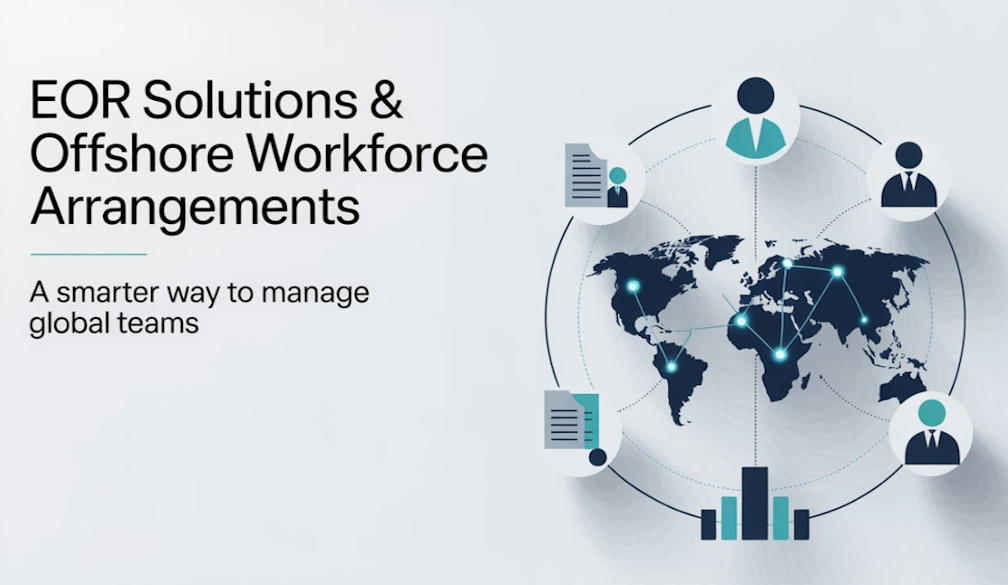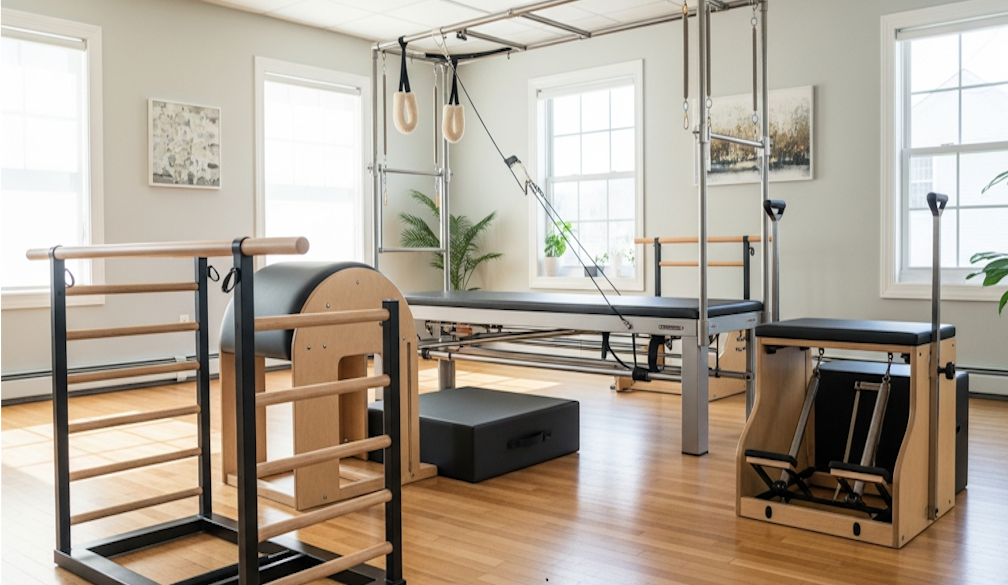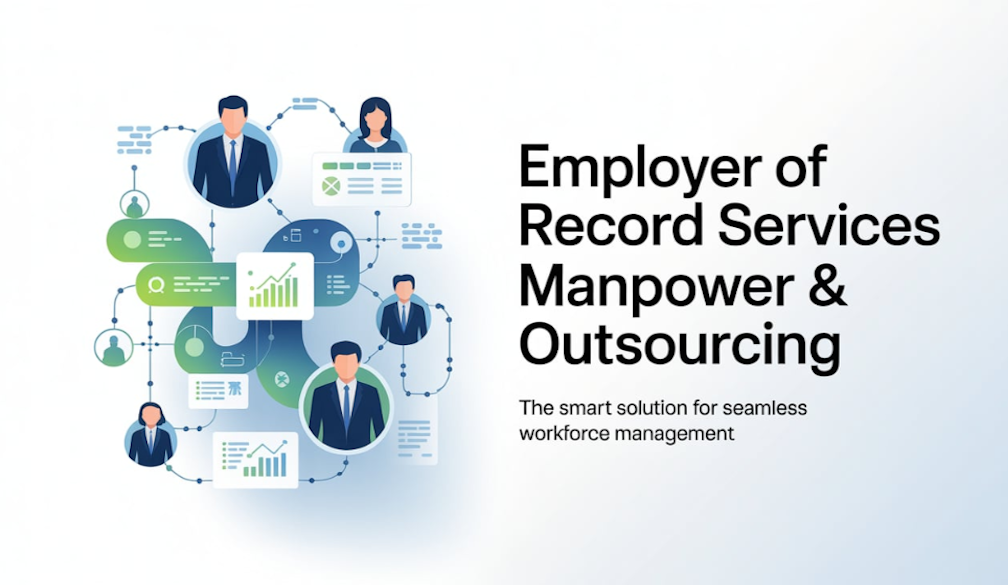How Zip Pay works, and why the extra cost of 'buy now, pay later' is still enticing
- Written by Saurav Dutta, Head of School at the School of Accounting, Curtin University

Zip Co’s “buy now, pay later” service is fast becoming a ubiquitous payment option in Australia. Retailers from Bunnings and Best & Less to Target and Tigerair offer it. All up, the company now boasts 10,000 retail partners and more than 850,000 customers.
It’s part of the phenomenal upsurge of “buy now pay later” services. In the past three years, according to Australia’s corporate watchdog, the number of Australians using such services has jumped from 400,000 to 2 million.
Read more: Explainer: how lending startups like Afterpay make their money
Their rising popularity has to do with technology making electronic payments easier and more secure, more online shopping, increasing distrust of banks and younger people shying away from credit card use.
But the way a service like Zip operates has consumer advocates worried. Its business model means it can avoid the responsible lending requirements of the National Consumer Credit Protection Act. As such, Zip lends money without verifying a person’s income or credit history. The potential it will entice those with low income and bad credit has attracted the scrutiny the Senate inquiry into credit and financial services.
So let’s look at how Zip’s business model works, and why it is proving so popular.
How Zip works
Zip has two slightly different products: one offering credit more than $A1,000 is called Zip Money; the other offering credit up to $A1,000 is called Zip Pay.
Let’s focus on Zip Pay as the company’s most popular and profitable service.
Zip Pay is particularly convenient in that you can access credit at the point of purchase with minimum hassle and little delay (thanks to no credit checks or income verification procedures).
Zip Pay promotes itself as “interest-free”. It instead charges a flat fee of $6 a month on whatever is owed, and an additional $5 if the minimum monthly payment of $40 is not made on time. It also charges a 4% upfront fee to the retailer; that is, it pays the retailer A$960, then collects $1,000 from the customer.
Implicit costs
Despite the “interest-free” boast, Zip Pay’s $6 monthly fixed fee is in fact a quasi-interest charge, equivalent to paying 7.4% interest annually on a $1,000 debt.
Because you still pay $6 even if you owe less than $1,000, the fee structure is also highly regressive. The less you owe, the greater the effective interest rate you pay. For example, if you owe $500, the $6 fee translates to a 15% annualised interest rate.
If you owe $100, it equals an annual interest rate of more than 100%.
This fact could encourage you to take advantage of the full $1,000 of credit, on the basis it doesn’t cost you any more in monthly charges. That might, of course, be Zip’s plan, because the more you owe the longer it may take you to pay the debt off.
But if you feel confident you will have more money in the future than you have now, this easy credit option could be a highly attractive means to “manage” the disconnect between the things you want and when you can afford these.
Theories and consequences
If that’s the case, you fit the common profile, with 90% of “buy now pay later” credit consumers feeling the debt “helps” them better manage their finances.
What makes individuals regard debt as manageable is of great interest to entrepreneurs and economists alike.
It was Milton Friedman, winner of the 1976 Nobel Prize for economics, who first hypothesised that an individual’s spending habits were based not only on current income but also on anticipated future income. This idea, from his 1957 book A Theory of the Consumption Function, has become known as as the “permanent income hypothesis”.
Typically those who are younger and well-educated have greater expectation that their income will increase over time, and will therefore be more inclined to borrow money to fund current consumption.
This explains why almost a quarter of Zip customers are under the age of 24, and more than 60% are under 36.
It also helps explain why items bought using Zip are mostly non-essential. By drilling down into the data behind the figures in Zip’s 2018 annual report, we know customers are using Zip to pay for fashion items, clothes and restaurant meals, rather than to pay energy bills or buy medicine.
Easy access to credit also encourages individuals to take on more debt.
Not surprisingly, research by the Australian Securities and Investments Commission shows the majority of “buy now pay later” users admit easy credit has led them to spend more money, with one in six reporting some negative impact as a result. These impacts include becoming overdrawn, borrowing money from family or friends, or using another loan provider to cover their debts.
Read more: Financial literacy is a public policy problem
For savvy consumers confident they can manage their finances, willing to pay that quasi-interest rate to fund their immediate consumption desires, Zip’s service may make sense. But don’t get carried away by wishful thinking and overconfidence. Without financial discipline and proper budgeting, it’s an easy path to overcommitment and financial hardship.
Authors: Saurav Dutta, Head of School at the School of Accounting, Curtin University



















